-

Are ceramic color-changing cups poisonous?
Ceramic color-changing water cups and glass color-changing cups are divided into thermal discoloration, cold discoloration and water discoloration. When the temperature of thermal discoloration is above 40 degrees Celsius, the color changes. When the temperature of cold discoloration cups is belo...Read more -

Ceramic advertising mug customization 8 glazing process
There are the following steps: inspecting the raw material → applying water → measuring the concentration → removing the glaze → applying the glaze → drying → brushing the glaze → clearing the feet 1. Inspection of prime tires: inspect the prime tires one by one, and eliminate unqualified prime t...Read more -

What are the processes in the drawing and forming process of ceramic water cups?
A series of processes for ceramic water cup mold opening and customization mainly include the following 8 steps: Mud dehydration→mud refining→kneading mud→drawing→spinning→bonding→stamping (lettering)→drying 1. Mud dehydration: To draw the mud, the mud must first remove a certain amount of water ...Read more -

Ceramic water cup production process
Generally speaking, the production process of ceramic water cups is the process of ceramic production. The production of ceramic products belongs to the category of product manufacturing industry. Simply put, it is the process of making raw materials into products. Different from other product ma...Read more -
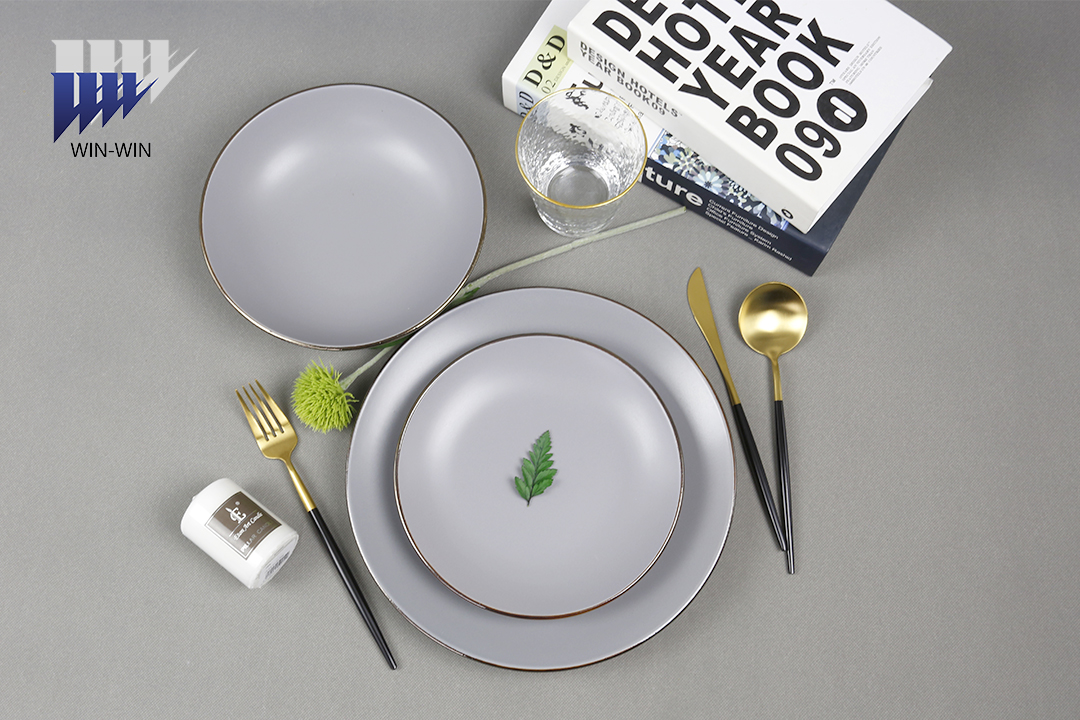
The solution to the arc-shaped traces produced in the rolling or knife pressing of bone china advertising cups
1. Strictly control the moisture content of the mud strips within the range of process indicators. 2. Control the amount of mud strips added to prevent too much or too little. 3. Regular maintenance of roll forming equipment. 4. Reasonably adjust the angle of the rolling head and the inclination...Read more -
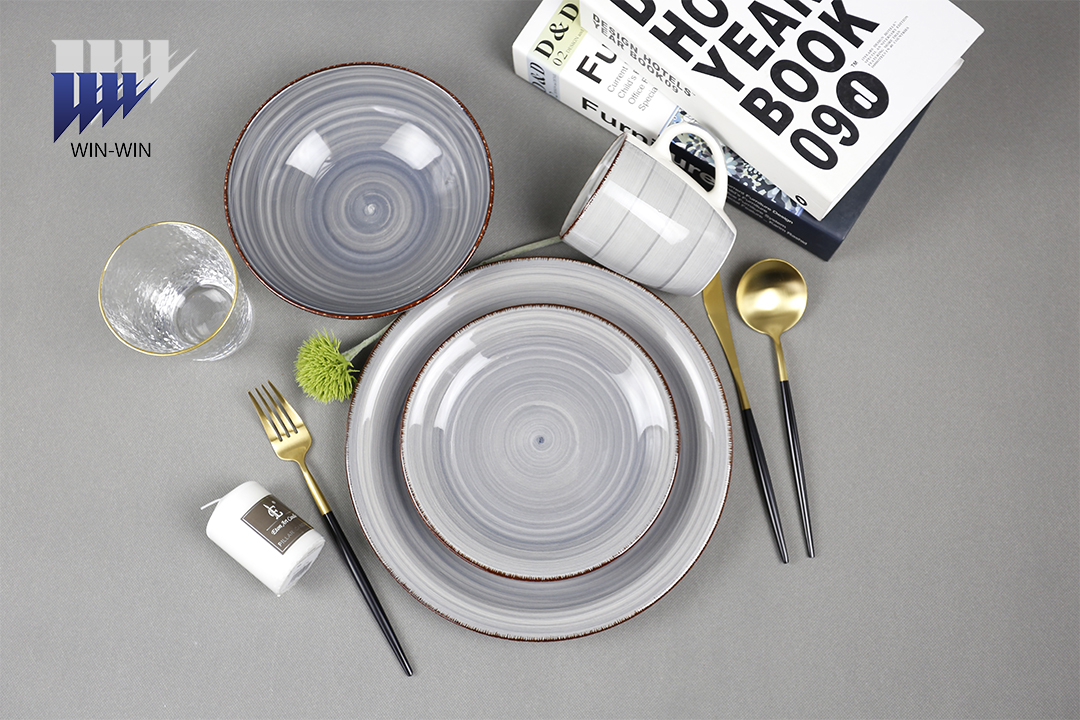
10 reasons for glaze pinholes and air bubbles in the firing operation of ceramic water cups
1. The low-temperature flame is not clear and the combustion is insufficient, resulting in carbon deposition, which will be burned at high temperature with the increase of excess air coefficient or at the end of reduction or cooling period, leaving pinholes or air bubbles on the glaze. 2. The str...Read more -

6 solutions to the orange peel pattern of ceramic water cup products
1. When glazing, don’t be in a hurry, too fast will be uneven and easy to produce air bubbles; 2. When applying the glaze of painted ceramics, the sprayed glaze becomes granular, and it is enough to feel like it is snowing; 3. When applying the biscuit glaze, apply a thickness of 0.4-0.8mm;...Read more -

During the firing process of ceramic water cups, small fragments are ejected from the interior of the ceramic body
Explosion means that during the bisque firing process, small chips are ejected from the interior of the ceramic body, or the surface of the body is broken into small chips. Through in-depth inspection of the holes in the green body, it can be found that such problems are usually caused by impurit...Read more -
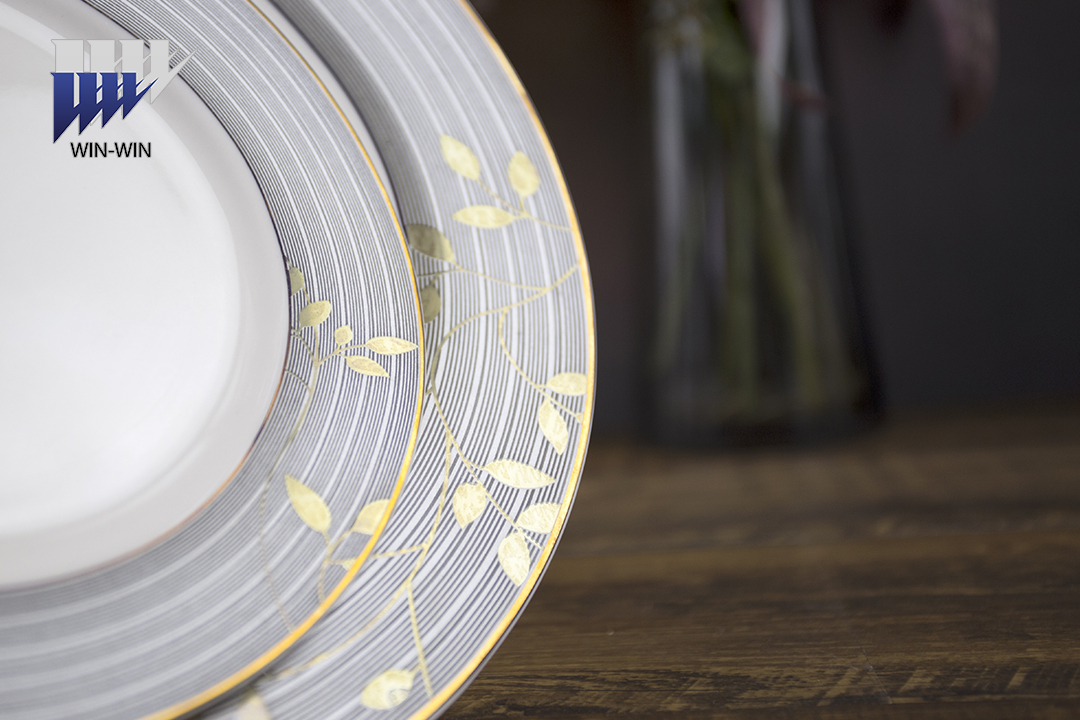
Several important uses of bone china advertising cup waste porcelain pieces in ceramic production
1. Add 3% – 8% waste porcelain chips (more than 20% can be added in a long time) to the mud to replace some raw ore, aluminum powder and quartz, which can save raw material costs. 2. The waste porcelain is sintered, so it needs less heat in the firing process, so it can also save fuel costs...Read more -
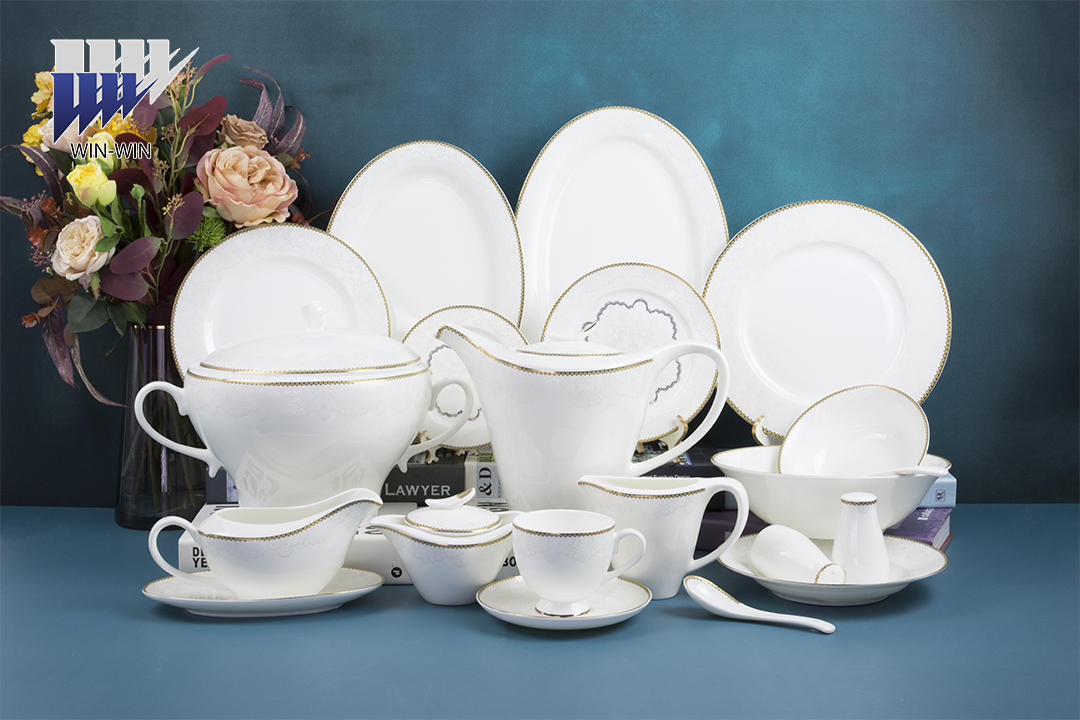
Four reasons and three solutions for the lack of glaze gloss of ceramic water cup products
The glossiness of ceramic glaze is one of the important indicators to measure. Some products lose luster after firing, which is also a serious defect. The main reason ① The glaze has less flux, high melting point, and insufficient firing temperature; ② The glaze is too thin, or the glaze is not e...Read more -
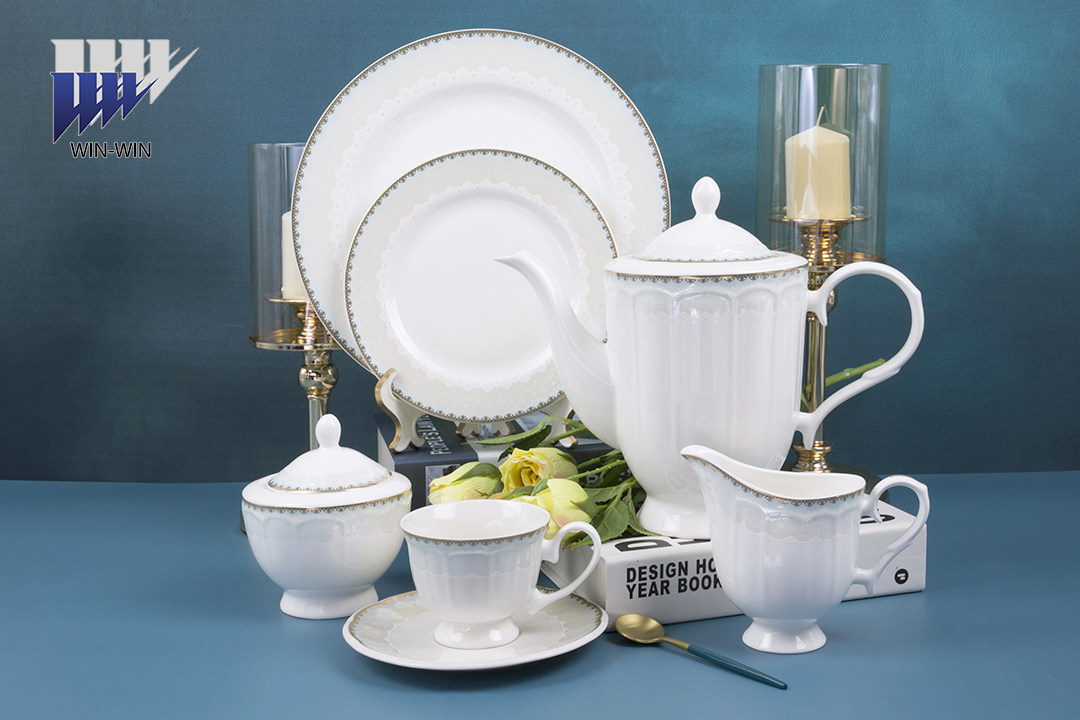
Five Tips for Buying Bone China Cups
The first is to look at the color The color mentioned here mainly refers to the color of the carcass part of the bone china that does not cover the flower surface. The color of high-quality bone china with high bone char content should be milky white or called milky white. Bone China is not the w...Read more -

How to identify the quality of bone china cups
“Looking” means carefully observing the porcelain up and down, inside and out. See if the glazed surface of the porcelain is smooth and smooth, with or without scratches, small holes, black spots and air bubbles. See if the shape is regular and there is no deformation. Check the scree...Read more
- 0086-13011519290
- lawrence@tswinwin.com

















